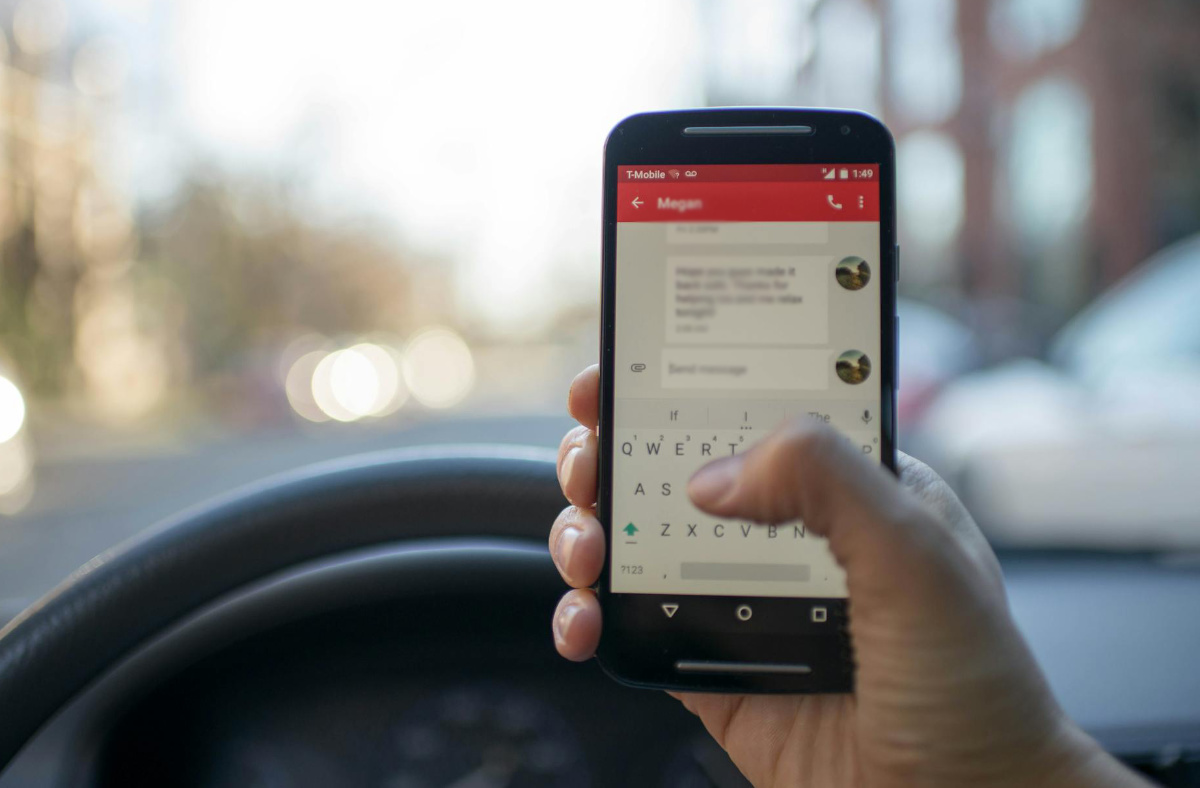
You might only remember a flash of headlights and the sound of metal. The other driver says they never saw you. In many cases like this, the facts are hidden in plain sight on a smartphone.
Cell phone records can transform a difficult car accident claim into a clear story with a reliable timeline. When handled correctly, this data answers the most important question after a collision in Nebraska or Iowa: what was the driver doing in the seconds before impact?
Why Phone Data Matters in Distracted Driving Cases
Distracted driving is not just about texting. It includes any activity that takes a driver’s eyes, hands, or mind away from the road. Modern phones track almost everything, which means they can reveal whether a driver was calling, scrolling, navigating, or streaming right when the crash occurred. Properly obtained and interpreted, those digital breadcrumbs turn uncertainty into evidence.
Juries respond to data. A traffic citation is helpful, but showing a minute-by-minute log of notifications and taps is often more persuasive. The same is true for insurance negotiations. Adjusters tend to discount “he said, she said.” They pay attention when call logs, text messages, and app activity data line up with skid marks, signal phases, and vehicle speeds. This is how is distraction established in a way that holds up under scrutiny. It is about connecting specific actions to the moment of driver error and showing that negligence was not an accident at all.
What Records Can Show and How They Align With the Timeline
Phone evidence comes in layers. Some information comes from the carrier. Other details come from the device itself or cloud backups. When those layers are combined with crash reconstruction, they provide a precise timeline that supports liability.
Common sources include:
- Carrier records: Call logs with start and end times, data session timestamps, and sometimes cell tower connections.
- Device content: Text messages, messaging app threads, screenshots, and push notifications that show real-time phone use.
- GPS location data: Route traces, speed estimates, and location pings that correlate with intersection timing and traffic cameras.
- App activity data: Time-stamped taps and opens from navigation, social media, streaming, and rideshare apps.
A careful comparison can reveal patterns such as a burst of notifications followed by a late brake or lane drift. Even if the distracted driver did not send a text, opening a video or setting a destination can be enough to show impaired attention. Coupled with physical evidence from the scene, these records turn speculation into a tight sequence of facts.
How We Legally Obtain Phone Evidence Under Nebraska and Iowa Law
Accessing phone data requires a lawful process. Courts in both states recognize privacy interests, and that means evidence must be requested the right way. In many cases, we start with a preservation letter to the carrier and to the at-fault driver, putting them on notice not to delete anything. If the insurer refuses to cooperate, we seek court orders for carrier production or a forensic download from the device.
Under Nebraska law and Iowa law, discovery tools allow requests for documents and electronically stored information that are relevant and proportional to the case. We tailor these requests narrowly to reduce objections. For example, we might ask for call logs and limited location pings within a 30-minute window around the crash rather than months of data. When a device download is necessary, a neutral forensic expert can filter non-relevant content to protect privacy while preserving crucial evidence.
Handled thoughtfully, this process respects rights while ensuring accountability. The goal is focused, verifiable data that answers what matters most: was the driver engaged with the phone when they should have been watching the road.
Correlating Digital Records With Crash Reconstruction
Data is powerful only if it fits into the broader picture. That is where reconstruction comes in. We align each time stamp with physical clues such as point of impact, crush profiles, and traffic light phases. If available, vehicle black box data provides speed and braking information. Together, these elements create a synchronized story.
Here is how the puzzle pieces connect:
- Match carrier call logs to the vehicle’s hard-braking event to show divided attention.
- Compare text message times to intersection signal cycles to demonstrate a late start or red-light entry.
- Overlay GPS location data with surveillance video frames to confirm lane position and swerving.
- Use app activity data to show an open video or social feed within seconds of collision.
By grounding the narrative in multiple independent sources, we reduce the chance of coincidence. The pattern becomes hard to dismiss. Even when the driver denies phone use, consistent data points undercut the denial and support a strong finding of negligence.
Common Defenses and How to Counter Them
Defense teams and insurers often challenge phone evidence. They may claim the driver used hands-free mode, argue someone else sent the message, or suggest time stamp inaccuracies. Preparing for these arguments is part of building a winning case.
Consider these frequent defenses and effective responses:
- “It was hands-free.” Show cognitive distraction through timing, lane deviations, and reaction delays established by black box and video data.
- “Someone else had the phone.” Use GPS location data and the driver’s admissions to tie the device to the person at the crash scene.
- “Time stamps don’t match.” Rely on forensic reports that standardize to universal time and cross-check against traffic signal logs.
- “No text was sent.” Demonstrate other interactions such as app opens, incoming notifications, or scrolling that still diverted attention.
- “The phone was locked.” Point to data sessions, notification previews, or music app changes that can occur without fully unlocking the device.
These cases succeed when the record keeps closing the gaps. The stronger the correlation between phone activity and unsafe maneuvers, the less room there is for doubt in a car accident claim.
Practical Steps for Car Accident Victims to Preserve Digital Proof
Simple actions in the first days after a crash can make a big difference. Some steps help your recovery. Others protect the integrity of your claim and make it easier to prove distracted driving later.
To safeguard evidence, try to:
- Request the report number and ask officers to note potential phone use by the other driver.
- Photograph the scene, vehicles, skid marks, and the interior of the other car if it is safe and permitted.
- Identify possible cameras from nearby homes or businesses and note their locations.
- Keep your own phone data intact, including photos, texts, and navigation history from the day of the crash.
- Avoid posting about the incident on social media to prevent misinterpretation.
- Contact legal counsel quickly so preservation letters can go to carriers before data cycles out.
Carriers may purge details on a schedule. Early action gets ahead of those timelines and keeps the record complete. With prompt steps, critical information like call logs and text messages is far more likely to be available when it matters.
How Attorneys and Experts Turn Raw Data Into Persuasive Evidence
Turning call phone records into clear proof requires collaboration. Attorneys coordinate with digital forensic experts who know how to extract, authenticate, and explain data. Accident reconstructionists align the timeline with physics. Sometimes a human factors expert explains why a brief glance at a screen can translate into a long stopping distance at highway speed.
This team approach pays off in two ways. First, it strengthens negotiations with insurers by presenting a case that would play well in court. Second, it prepares for trial if the defense refuses to be reasonable. Jurors appreciate clean visuals and simple explanations. Charts that line up call logs, app opens, and GPS location data with the moment of collision help them understand how a distracted driver caused real harm. That clarity encourages fair outcomes, whether at the bargaining table or in the courtroom.
How This Evidence Supports Damages and Accountability
Proving distraction does more than establish fault. It also strengthens the damages side of the case. When negligence is clear, insurers have less room to argue about the seriousness of injuries or the need for treatment. A tight liability story gives medical experts a solid foundation to explain how the collision produced long-term symptoms and impairment.
Clear liability can also support claims for punitive damages in egregious situations, depending on the facts and governing law. More often, it leads to more realistic settlement talks and fewer delays. Accountability has a community benefit as well. Holding drivers responsible for unsafe phone use encourages safer habits and makes our streets, highways, and neighborhoods more secure for everyone.
Get the Support You Need From Our Dedicated Car Accident Lawyers
If you suspect a distracted driver caused your crash, do not assume it is impossible to prove. With the right strategy, phone records, vehicle data, and scene evidence can come together to tell a compelling story. You deserve a legal team that knows how to gather, preserve, and present this information under Nebraska law and Iowa law.
Hauptman, O’Brien, Wolf & Lathrop, LLC serves clients across the Heartland from offices in Omaha, South Omaha, Lincoln, Bellevue, and Council Bluffs. Our car accident lawyers focus on your recovery while we handle the investigation and negotiations. Contact us for a free consultation. We will answer your questions, outline next steps, and work to secure the compensation you need to move forward.


Personal injury law, it’s all they do